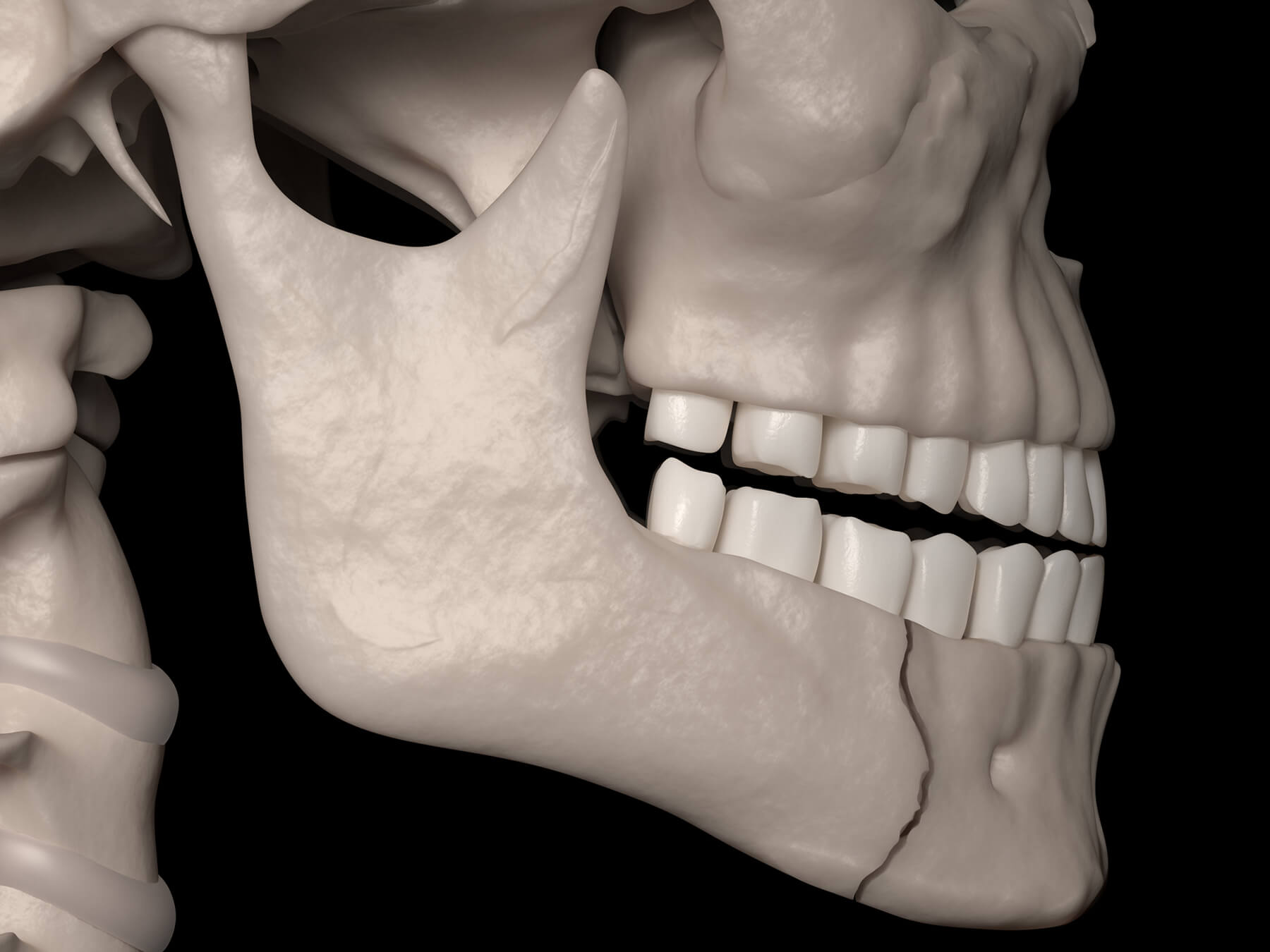Facial Soft Tissue Injuries
For facial soft tissue injuries, prompt treatment is crucial. Relieve tooth pain and preserve your natural tooth by seeking immediate dental care to prevent further damage and maintain oral health.


About Facial Soft Tissue Injuries
Soft tissue injuries, either alone or in conjunction with other traumas, are common in emergency medicine and oral surgery, comprising about 10% of ER visits. While seldom life-threatening, their treatment can be intricate, affecting facial function and appearance, potentially leading to deformities if not managed effectively.
FAQs:
Who Is at Risk of Facial Soft Tissue Injuries?
Facial soft tissue injuries can occur to anyone, but they are commonly seen in individuals involved in sports, motor vehicle accidents, physical altercations, or those working in hazardous environments.
What Causes Scarring?
Scarring is the natural part of the healing process. It occurs when the dermis (deep, thick layer of skin) is damaged. The body forms new collagen fibers to mend the damage, resulting in a scar.
Immediate Steps After a Facial Soft Tissue Injury
After a facial soft tissue injury, it’s crucial to clean the wound gently with mild soap and water, apply antibiotic ointment, and cover it with a sterile bandage. Seek medical attention if the wound is deep or shows signs of infection.
Consequences of Delayed Treatment for Facial Soft Tissue Injuries
Delaying treatment for facial soft tissue injuries can lead to complications such as infection, increased scarring, and potential damage to nerves or underlying structures.
Is Closing a Facial Wound Painful?
Closing a facial wound is typically not painful, as local anesthesia is used to numb the area before suturing. However, discomfort or mild pain may be experienced during the healing process.
